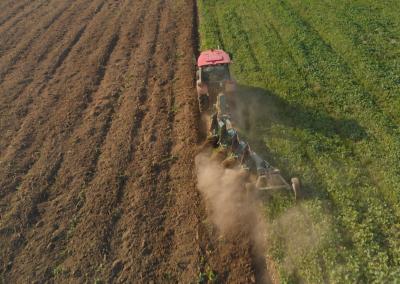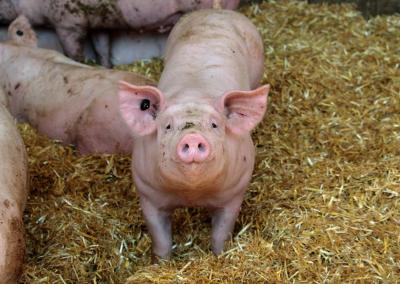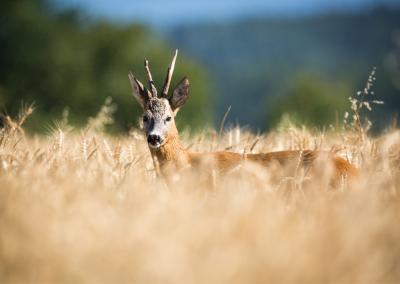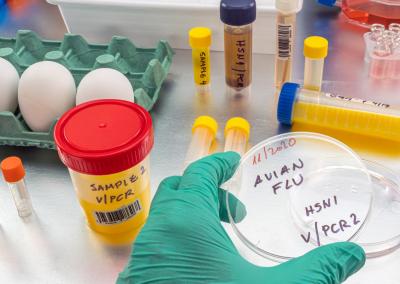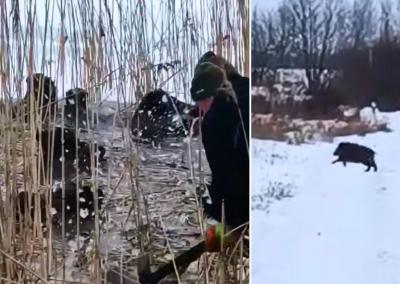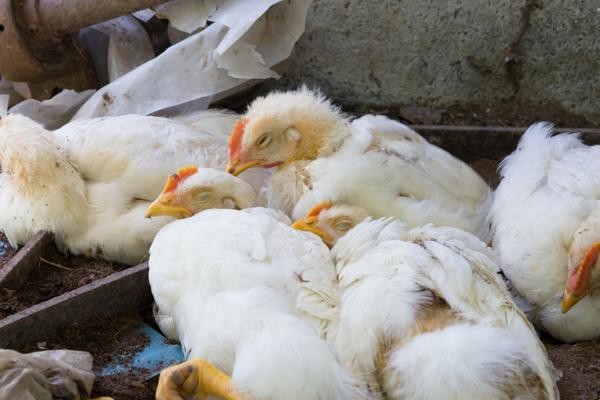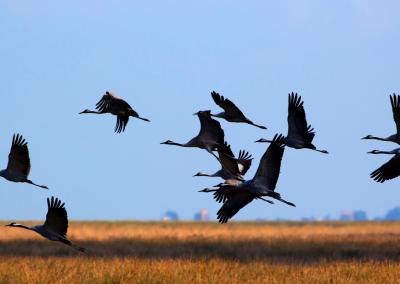Fears that bird flu could trigger a new pandemic
The United States (US) Centers for Disease Control and Prevention reported last week that three suspected bird flu cases among poultry farm workers, as well as the World Health Organization (WHO) report of a case of human bird flu infection in Mexico, speculation began to mount as to whether this could escalate into another global pandemic. Some Lithuanian epidemiologists were also speculating about the possible beginnings of a new pandemic in early July. However, the National Public Health Centre (NPHC) says there is nothing to worry about for now, as people can currently only get bird flu after coming into contact with animals carrying the virus.
„Avian influenza is a viral disease of birds (…) which primarily affects wild birds, primarily waterfowl, but can also affect cats, foxes, cattle, seals and other mammals. (…) Close contact with sick birds or animals can also lead to human infection," Greta Gargasienė, advisor to the Communicable Disease Management Division of the NVSC, was quoted as saying in a commentary to Elta.
According to the NVSC, there are no registered cases of a person contracting bird flu in Lithuania, while only a few sporadic cases have been registered in European countries among people who had close contact with birds, i.e. were associated with farms where bird flu has been recorded among birds.
However, she does not hide the fact that the situation could become more dangerous if mutations in the virus allow people to catch bird flu not only from animals but also from humans.
„For an influenza virus to cause epidemics or pandemics, it must start spreading from human to human, i.e. crossing the species barrier. So far, no human-to-human spread has been recorded, but the real threat remains, so vigilance is essential," she said.
„Most types of avian influenza do not cause illness in humans, or cause only mild ailments such as fever or conjunctivitis. Symptoms are similar to those of colds, so an accurate diagnosis can only be made after clarifying the possible circumstances of the infection and specific laboratory tests“, – notes NVSC representative G. Gargasienė.
Netheless, continuous prevention is essential to protect against this type of disease – avoid direct close contact with dead and potentially infected animals or birds, and do not go to places where dead wild animals or birds have been observed, notes G. Gargasienė. In addition, it is recommended that sick or dead animals are generally not touched and that instructions from health authorities are followed in areas where outbreaks of avian influenza have been recorded.According to the WHO, the situation of the person infected with avian influenza in Mexico is unique in that it is the first laboratory-confirmed case of human infection with influenza A(H5N2) virus to be reported globally. Although the source of the person's infection is not yet known, A(H5N2) viruses have been reported in Mexico in poultry.
In addition, it is announced that, under international law, human infection with a new subtype of influenza A virus is an event with potentially serious public health implications and must be reported to WHO.
For its part, based on the available information, WHO assesses that the risk to the population from this virus is currently low.
GMC epidemiologist: surveillance needs to be strengthened
At the same time, Gytis Dudas, a scientist at the Institute of Biotechnology at the Vilnius University Life Sciences Centre (VU GMC), also notes that the risk of a new pandemic is minimal. However, he recalls previous outbreaks and stresses that the first and most important tool to prevent the spread of influenza is information about its spread. Therefore, the scientist stresses, it is essential to monitor the cases recorded so far on other continents.
„The first and one of the most important lines of defence we have is always information, so when we see an unfavourable situation developing, it is imperative to strengthen the genomic monitoring of any pathogen. (…) Infections of mammals with avian influenza viruses in Europe are nothing new and, given the situation of H5N1 influenza A viruses in US cattle, we should ask ourselves whether our monitoring systems are working well enough to monitor everything that would need to be monitored in order to be able to detect the viruses that have jumped into farm animals," said Mr Dudas in a written commentary to Elta.
„In Lithuania, for example, the answer to this question is unequivocally „no“, as we saw during the SARS-CoV-2 pandemic the State Food and Veterinary Service (SVVT) failed to detect at least two chains of virus transmission that circulated for over a year in fur farms and then jumped back to humans“, – pointed out the GMC researcher.He stressed that there is currently no leverage to affect influenza A or other viruses circulating in birds, so sequence-based monitoring in both wild birds and farm animals remains the best way to see the early signs of any viral jumps to other species, and to organise a response where something can be done accordingly.
According to the European Centre for Disease Prevention and Control (ECDC) on 8 July, 893 human cases, including 463 deaths, have been reported globally from 2003 to 22 May 2024, accounting for 52% of the cases of avian influenza A(H5N1) in the 24 countries, the NCDC shared.
In 2024, 11 cases, including 2 deaths, were reported in four countries: Cambodia (7 cases, 1 death), the USA (1 case), Vietnam (2 cases, 1 death) and Australia (1 case). However, no human-to-human transmission of the virus has been detected to date, according to the NVSC.
Based on the insights of some US scientists, virologist Saulius Čaplinskas told LNK News this week that recent studies show that a new mutation of the virus, which can also be spread between humans, is not far off.
„ Let's remember – during the pandemic, the mortality rate for coronavirus was 0.6%, and the mortality rate for this virus could be 25 to 50%. The fear is that this will not happen, and extensive surveillance is being carried out, – the virologist told LNK news.


